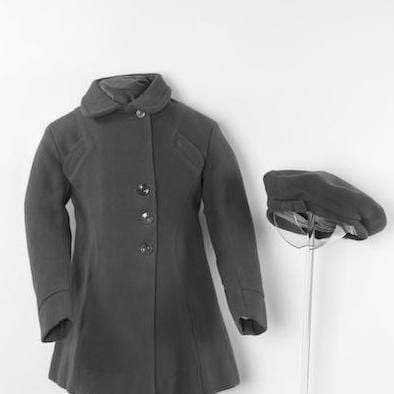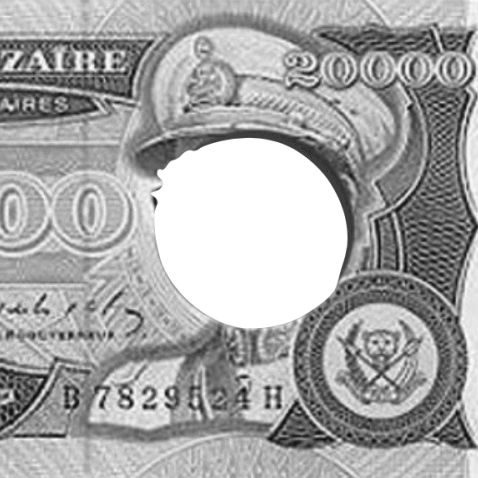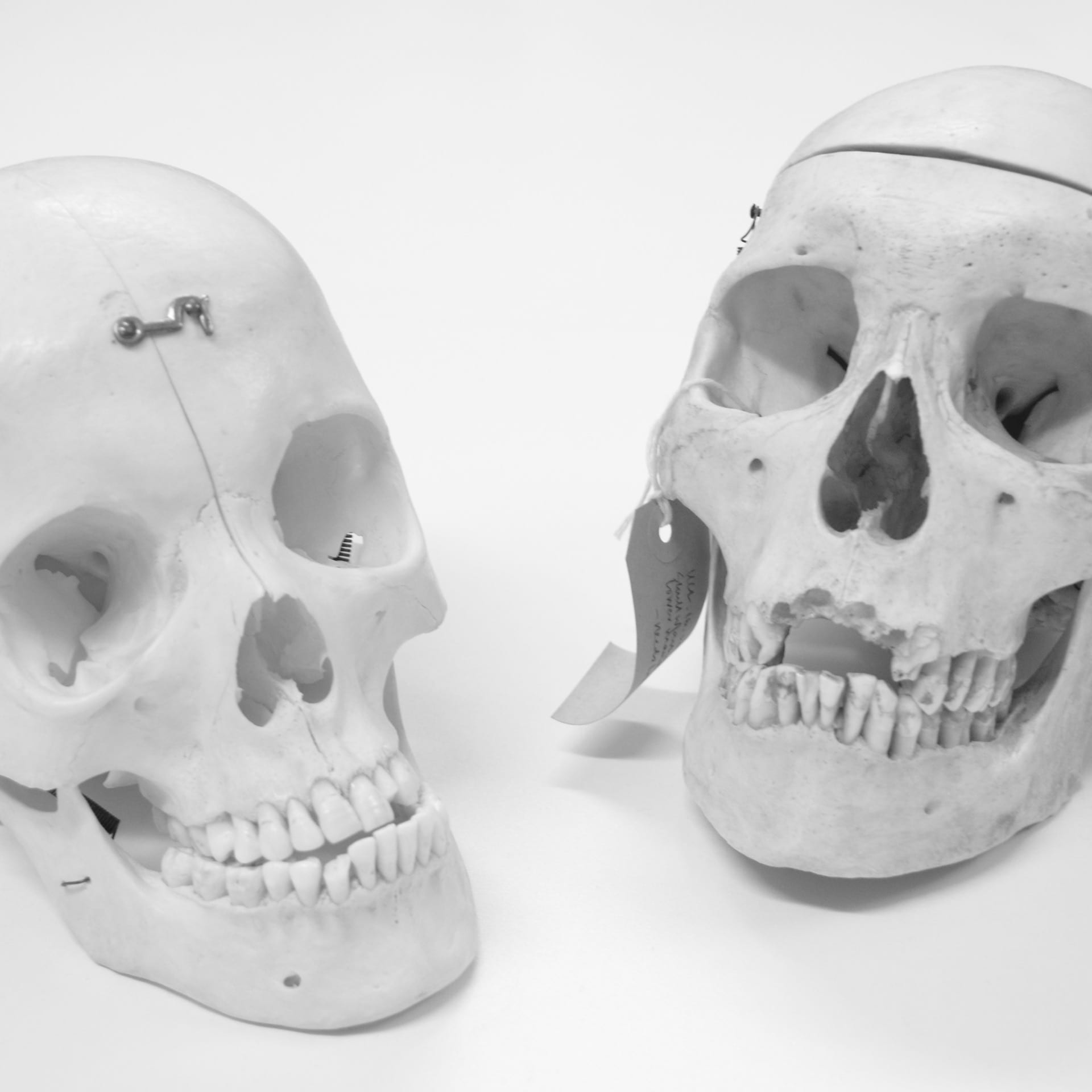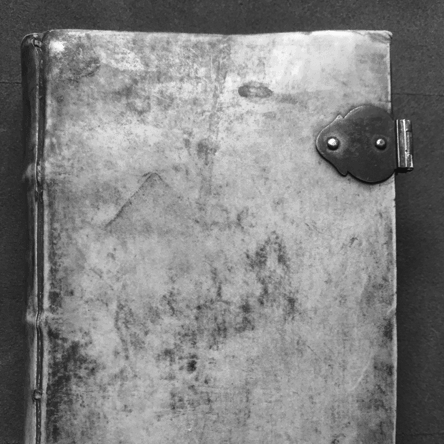[Last modified: March, 25 2019 02:23 PM]
A tall, wasp-waisted and hair ornamented human figure is holding the hand of the person behind, presenting him to a seated, bearded figure. In the spaces between the figures is a crescent moon. The scene on this seal represents the “presentation scene” of the Ur III period, dating to ca. 2112-2004 B.C.E. This particular depiction of human





























Why was this specific scene engraved on such a large number of sealants back in the time?
Mesopotamia, located at the estuary of the Euphrates and Tigris, was a place full of rich soil. The Sumerians occupied the land and built a huge agricultural society by taking advantage of their land. The big agricultural economy produced the crop surpluses enough to free the labour that it could be harnessed to build cities and monuments, produce art and crafts and support merchants, temples and monarchs. With this emerging notion of property in Mesopotamia , the sealants were produced in a massive number to serve different roles: from a pragmatic use as a lock or the jeweller, to a more symbolic use such as a stamp to show the ownership of goods, to sign treaties or as a talisman or amulet for protection.
Presumably, The human figure led by the goddess would be the owner of the seal, being presented to a figure with absolute power. this presentation scene would have functioned as the representation of the power, ownership and high social status he or she is possessing, in the era when the desire for protection has emerged. In other words, the sealant is one of the earliest vivid proof of the desire for protection for one’s property and living.
Object Information
Original Object
Material: Clay with
Date: about 2000B.C.
Origin: Ur III
© UCL Archeology Department
Additional Objects: From Left to Right
1. Lot 45-351. Black Marble Cylinder Seal. Mesopotamia, Ur III, XXI Century BC. Black stone seal with presentation scene. ex R W Reece collection (
2. Cylinder Seal
3. Cylinder Seal: Presentation Scene, 1900.53.0067A, Old Babylonian, 20th – 17th century B.C., ©Harvard Dart Museum
4. Cylinder seal and modern impression: presentation scene, Isin-Larsa, 2000–1750 B.C., Luristan, Surkh Dum, Isin-Larsa, Hematite, ©MetMuseum
5. Cylinder Seal: Presentation Scene, 993.18, 2017-1780 BCE, Ancient & Byzantine World, Asia, Babylon (Mesopotamia), ©Harvard Dart Museum
6. Seal of Khashkhamer, governor of Ishkun Sin during the reign of Ur-Namma (end of the
7.Queen Pu-Abi’s Seal
8. Modern Impression of
9. Seal-impression, Museum number: 115847, © The Trustees of the British Museum
10. SUMERIAN PRESENTATION SCENE SEAL, 2077 MS in Neo Sumerian on clay, Umma, Sumer,
11. Sumerian, c. 2300–2000 BC. Neat Neo-Sumerian black serpentine cylinder seal, California Museum of Ancient Art Deaccession (acc. #1501)
12.Cylinder seal and modern impression: presentation scene, Isin-Larsa, ca. 2000–1750 B.C., Iran, Luristan, Surkh Dum, Hematite, 0.91 in. (2.31 cm), Rogers Fund, 1943, 43.102.35
13. Hematite Cylinder Seal. Mesopotamia, Lot 17-354. Ur III, XXI Century BC. Presentation scene.
14. A
15. Old Babylonian cylinder seal, c.1800 BCE, Hemanite.
16: Western Asiatic Neo-Sumerian Cylinder Seal with Presentation Scene, Lot 1917, Ur III, 22nd-20th century BC
17. Impression of an Ur III seal with a royal introduction scene (Pierpont Morgan Library, Morgan Seal 292). Courtesy of the Pierpont Morgan Library. Discussed in: Eppihimer, Melissa, 2013, Ashur: The old Assyrian rulers’ seals and their Ur III prototype, in: Journal of Near Eastern Studies, Vol. 72, No. 1 (April 2013)
18.
19. Scorpion. Aquatic bird. museum number: IM56023, provenience: Nippur, Published: http://oi-archive.uchicago.edu/OI/IRAQ/dbfiles/objects/2197.htm
20.
21. Lot 17-354. Hematite Cylinder Seal. Mesopotamia, Ur III, XXI Century BC. Presentation scene.
22. Cylinder seal described as Akkadian circa 2334-2154 BC, cf. figure 428, p. 30. “The Surena Collection of Ancient Near Eastern Cylinder Seals.” Christies Auction Catalogue. New York City. Sale of 11 June 2001).
23. Cylinder seal and impression of presentation scene from Ur III, period 2100 – 2000 BCE, Pen Museum
24. Near Eastern Section of the State Museum in East Berlin, catalogued under number VA/243.
25-28. William Hayes Ward, 1910, The cylinder seals of western Asia, Carnegie Institute of Washington, Publication No. 100






